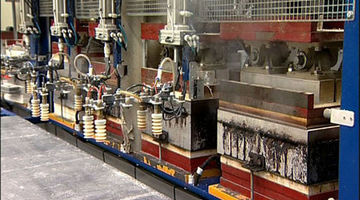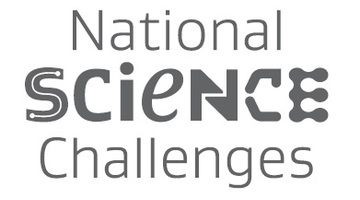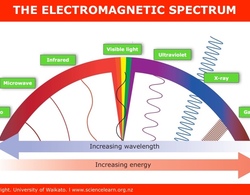

Students develop their knowledge to design a disposable product as a sustainable alternative to an existing product. Purpose To understand why increasing use of non-degradable materials is not ...
READ MORE

Long ago, according to the legend of Māui, the Sun was the focus of attention. People wanted more daylight and warmth to get their jobs done. Māui schemed to harness the Sun. Rights: Tim Tripp ...
READ MORE

In the primary classroom, even though teachers and students generally spend the day together, it cannot be assumed that students will experience their learning as coherent, connected or ...
READ MORE

As New Zealanders looking to the future, we are faced with many opportunities – and challenges. These include improving the health of all our people, advancing our economic growth, protecting our ...
READ MORE

The term ‘ceramic’ comes from the Greek word meaning ‘pottery’ – these clay-based domestic wares, art objects and building products are familiar to us all – but pottery is just one part of the ...
READ MORE

Sialons – based on the elements silicon (Si), aluminium (Al), oxygen (O) and nitrogen (N) – are a relatively new family of advanced ceramic materials. Some have high thermal resistance, some have ...
READ MORE

In this activity, students compare the rate of degradation of disposable plates using three different disposal methods. Purpose To experiment with a range of disposable plates made from different ...
READ MORE

In this activity, students use their knowledge of potato plates to write a letter promoting their use. Purpose This activity will help students understand product lifecycles and compare the ...
READ MORE

In this activity, students watch video clips of IRL research scientist Dr Ian Brown talking about sialons and then answer a series of graded questions related to the content. Rights: The ...
READ MORE
Dr Ian Brown, a senior research scientist with Industrial Research Limited, explains how the term ‘ceramics’ now has a more expansive meaning. Traditional ceramics are clay-based, but ...
READ MORE
Sialon is an acronym for silicon, aluminium, oxygen and nitrogen. In this video, IRL’s Dr Ian Brown explains how this new family of advanced ceramics are made and discusses some of their physical ...
READ MORE
There are numerous challenges that materials scientists like IRL’s Dr Ian Brown face in the development of novel advanced ceramics. In this video, Ian describes the main challenges often ...
READ MORE

This interactive highlights the critical role temperature plays in the world of ceramics. Select a white circle or bar in the thermometer for more information. Go here to view the full transcript ...
READ MORE

This interactive shows the process of creating an advanced ceramic, O-Sialon, in the laboratory. Click on the labels for more information. Select here to view the full transcript and copyright ...
READ MORE

This interactive looks at the electromagnetic spectrum. To use this interactive, move your mouse or finger over any of the labelled boxes and select to obtain more information. Select here for a ...
READ MORE